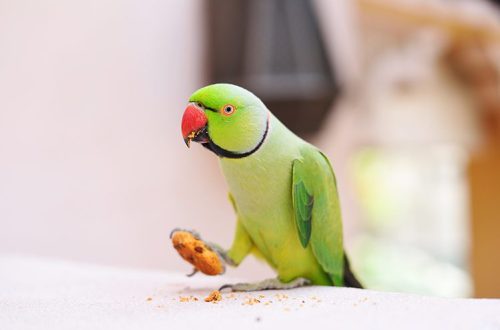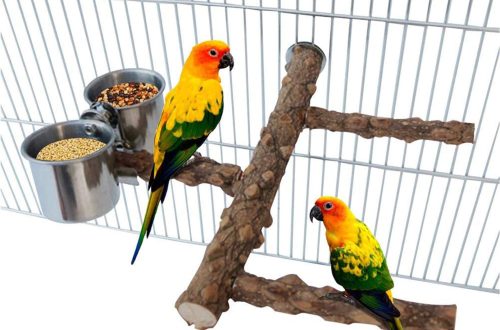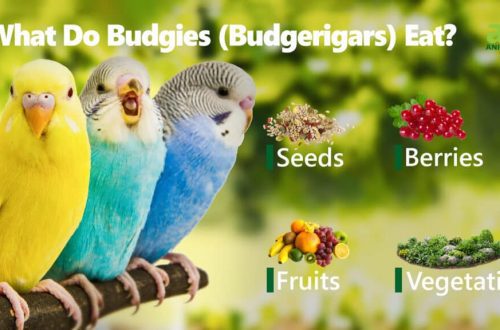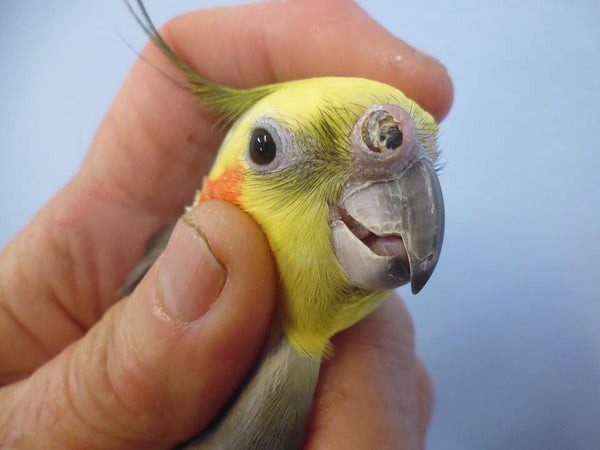
Diseases of the eyes of parrots
Unfortunately, budgerigars in captivity often get sick. Healthy feathered pets not only eat with appetite, but also fly, jump and chirp with pleasure. But those birds that start having health problems become lethargic and sad.
The eyes of a parrot often suffer. They become cloudy, grow dull, pus appears, crusts. And it’s not always just conjunctivitis, which will go away on its own, without consequences. Often the cause lies in the infection and developing inflammation, which can lead to blindness of the bird. And so that your parrot does not lose sight, recognize it in time and seek help from an ornithologist veterinarian.
Contents
What diseases of the eyes of parrots exist?
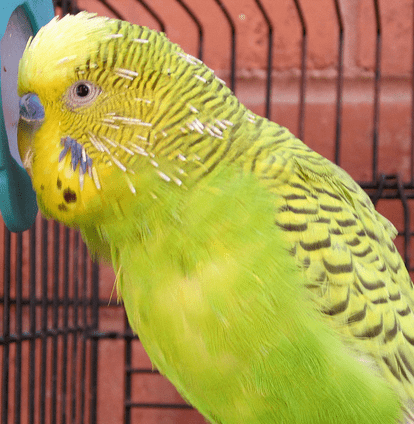
- Often, the eyes of a budgerigar suffer because of the owners themselves, who either smoke in the presence of a pet or dust. Moreover, the dust can be not only due to the dry air in the room, but due to the fact that very fine sawdust is used as bedding. As a result, the eyes begin to water, the skin around them turns red. Although the disease is non-infectious, it should not be left to chance. After all, sometimes the inflammatory process from the eyes “passes” to the respiratory organs. And this can lead to death.
- If we talk about non-contagious diseases of the eyes of parrots, then it is imperative to know about hypovitaminosis. A lack of vitamin A affects not only visual acuity, but also the condition of the parrot’s eyes themselves. If the animal lacks this vitamin, then the mucous membranes suffer. They dry up. The organ of vision of birds becomes dull, practically does not shine. Your pet will try to blink more often, tears will flow in order to somehow “moisten” the parrot’s eyes.
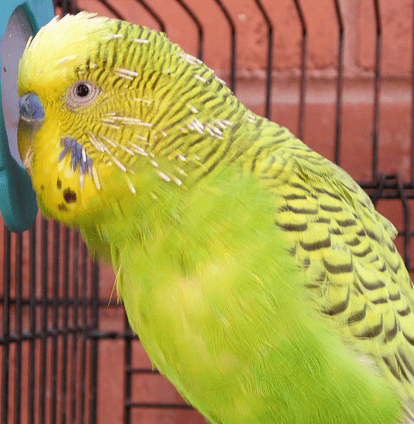
- Do not keep a cage with a feathered pet in drafts or in a very cold room. This will lead to eye diseases. The little beads on your parrot’s face will get inflamed very quickly. Conjunctivitis develops. But it should be understood that it can be not only the main disease, but also an important symptom of another. It is important not to miss this, otherwise the infection will spread throughout the body, and the consequences will be disastrous.
- Eye injury. The bird could accidentally stumble upon a sharp twig, scratch with its paw and hook the cornea with its claw. Or if there is another pet, then a fight could have arisen between them. And one pecks the other in the eye. The potential for injury is actually very high. You yourself are unlikely to see a scratch on the cornea. It is better to take it to an ornithologist so that he carefully examines one eye.
- Diseases of the eyes of parrots can be contagious etiology (bacterial, viral, fungal, even parasitic). To clarify the diagnosis, be sure to visit a qualified ornithologist veterinarian. Do not try to guess what the pet is sick with. Moreover, do not even try to prescribe and apply drugs, drops, ointments. Only a doctor can prescribe medicines and procedures.
Symptoms of parrot eye disease
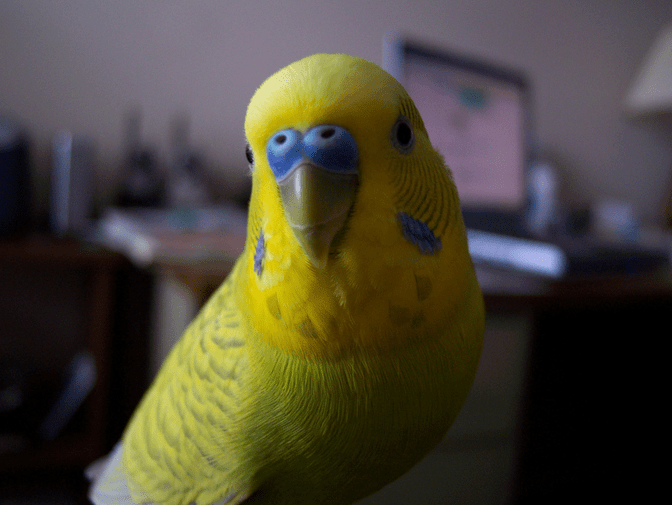
First of all, the look itself changes. It becomes as if not alive, dull, sad. The beads themselves do not shine, but there may be redness around. The feather cover near the eyes may be wet from tears that flow due to excessive dryness of the cornea or due to inflammation that has developed.
The eyes of the budgerigar “lose” their depth. Their blackness disappears, a bluish turbidity appears. With conjunctivitis, the skin around the eyes becomes very red, and pus may appear. Remember that if pus appears, then a pathogenic microorganism is necessarily present. Bacteria will not “miss the chance” to profit in such an attractive environment for them. In no case do not start such a state of your feathered friend. Otherwise, the inflammation will go to the respiratory system, and this will lead to the inevitable death of the parrot.
Sometimes there may be a fever. However, it is not so easy to determine this. moreover, many owners of parrots forget (or maybe they don’t know at all) that birds have the highest body temperature of all animals – 40-42 degrees.
If the reason lies in the injury, then only one eye will water and blush – the injured one. In the case of an infection, if one eye was inflamed at first, then very quickly the second one will suffer.
Treatment and prevention of eye diseases
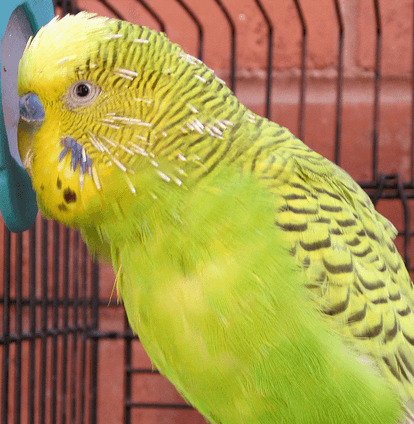
Do not self-medicate. See an ornithologist. Let the veterinarian prescribe drops, ointments, or do all the procedures himself if you are afraid. Of course, the network is full of recipes for “homemade drops” based on vitamin A or boric acid. But what if the parrot has an infection? It must be eliminated with antibiotics, fungicides, antiviral drugs. Simple drops will not help in such a situation. They are effective only when conjunctivitis of a non-contagious etiology is caused, for example, by dust ingress.
If we talk about prevention, then, first of all, do not place the cage with the bird in places where there are drafts. Or there is a possibility of contact with pungent odors (tobacco smoke, ammonia, hydrogen sulfide). The kitchen is no place for a bird cage. Be sure to monitor the condition of the parrot. At the first symptoms, seek help from a specialist.
Do not cage your parrot with a newly purchased or gifted new bird. A month of quarantine must be maintained. This is to prevent re-infestation of feathered pets in your home.



